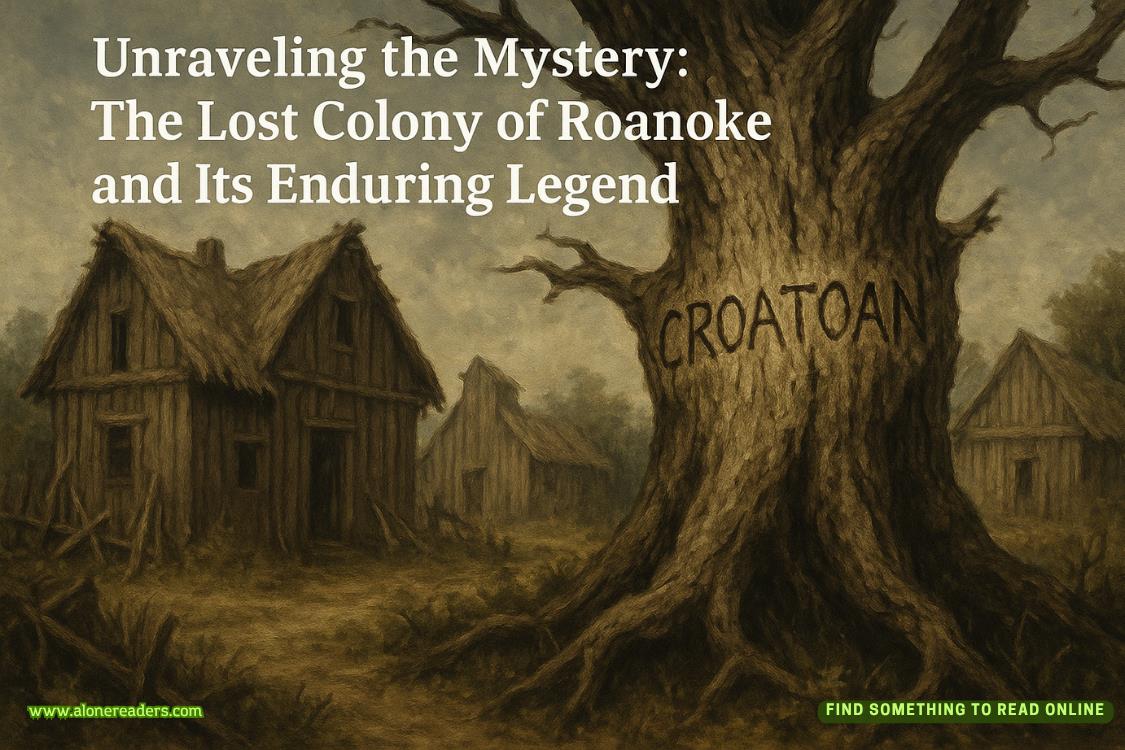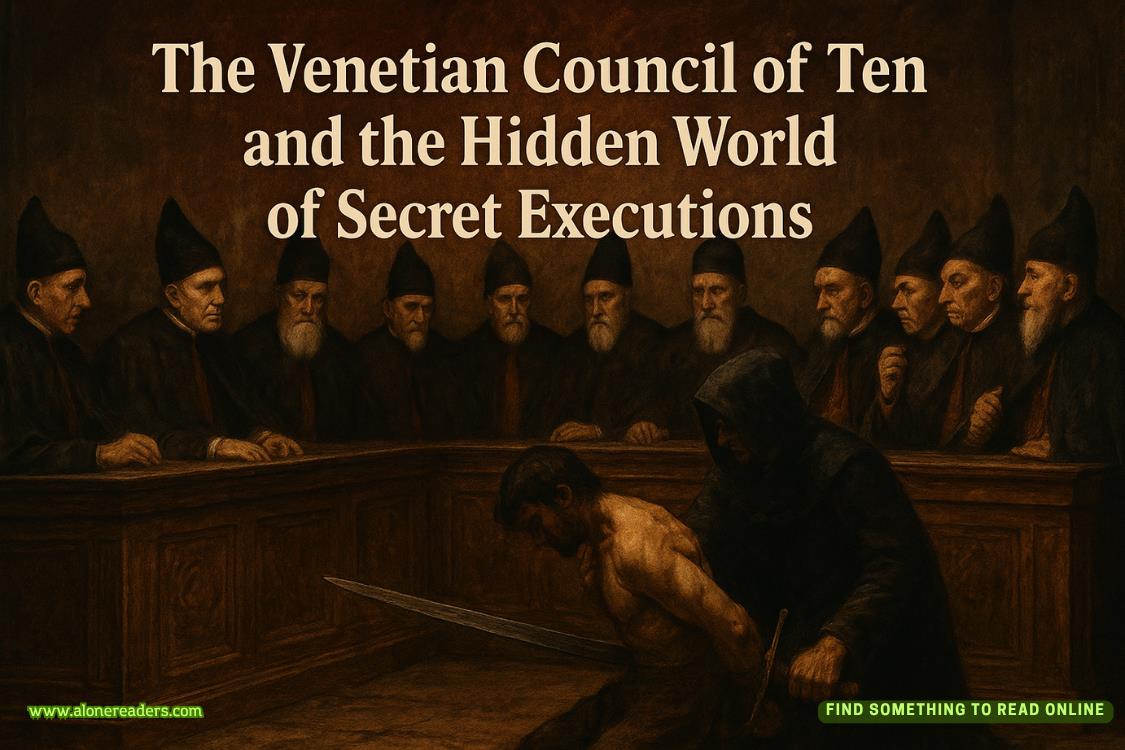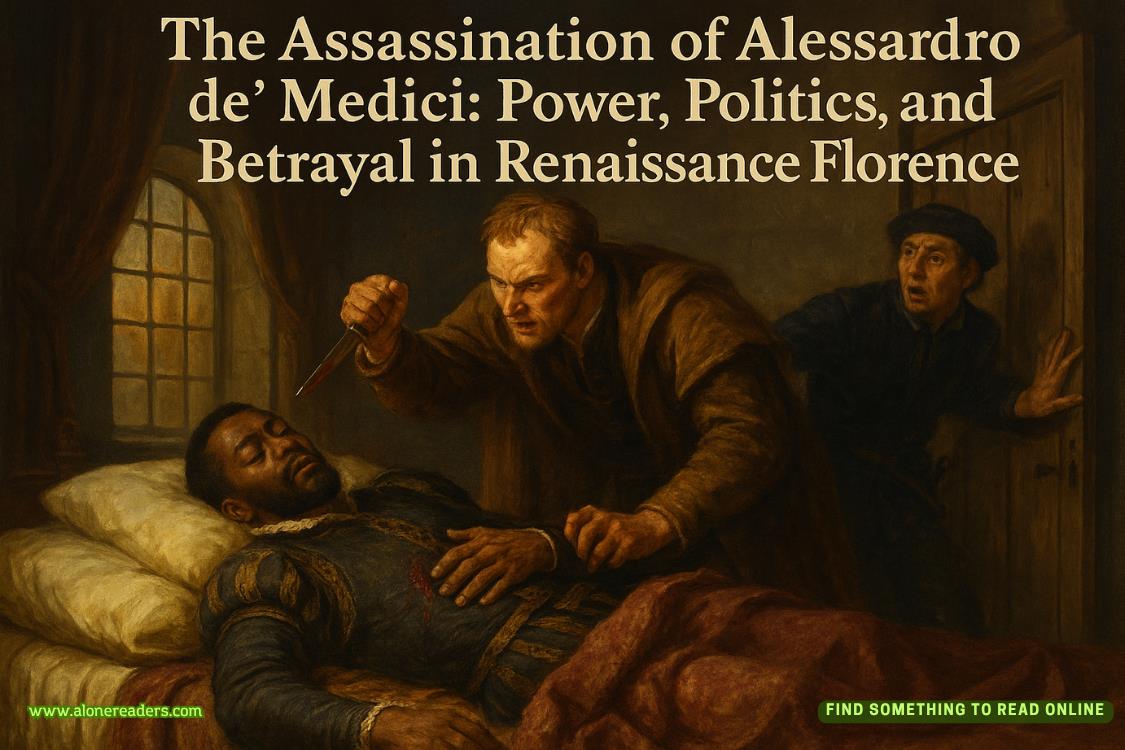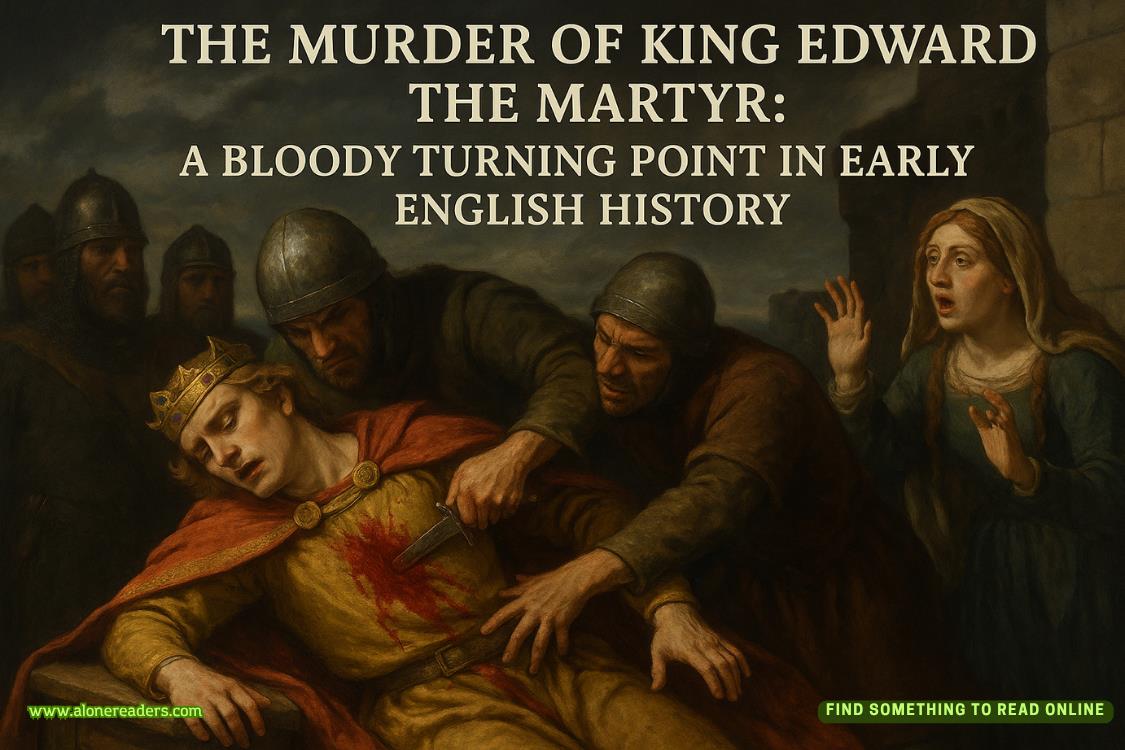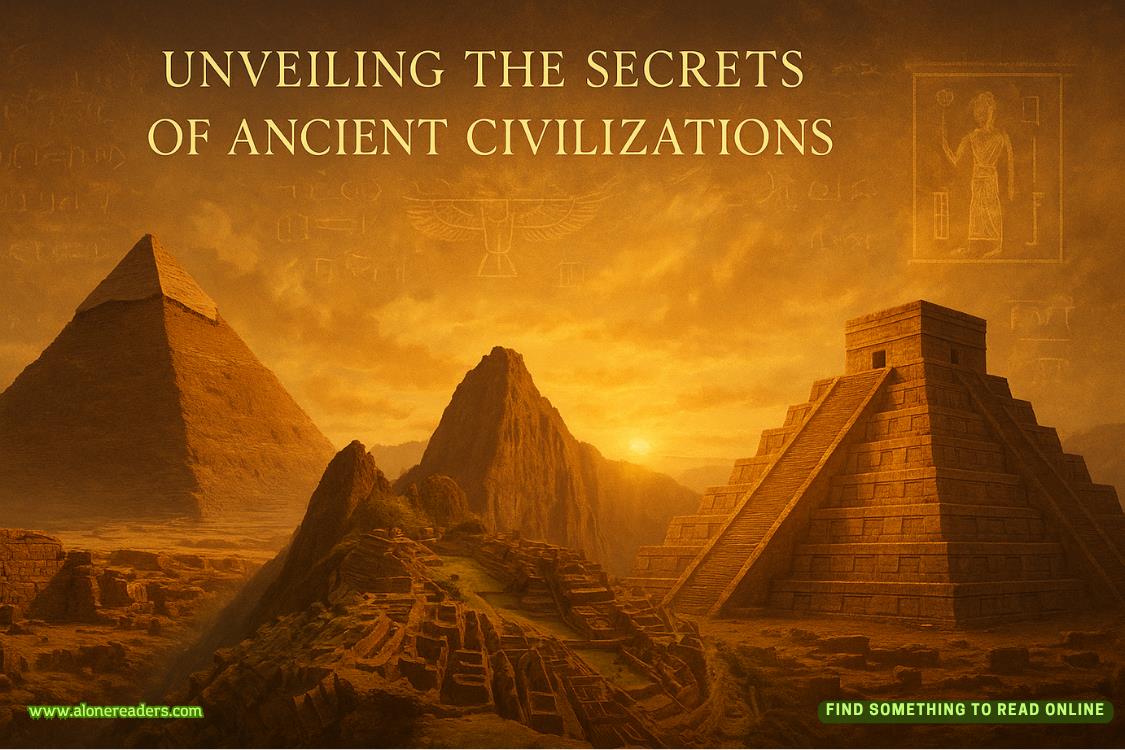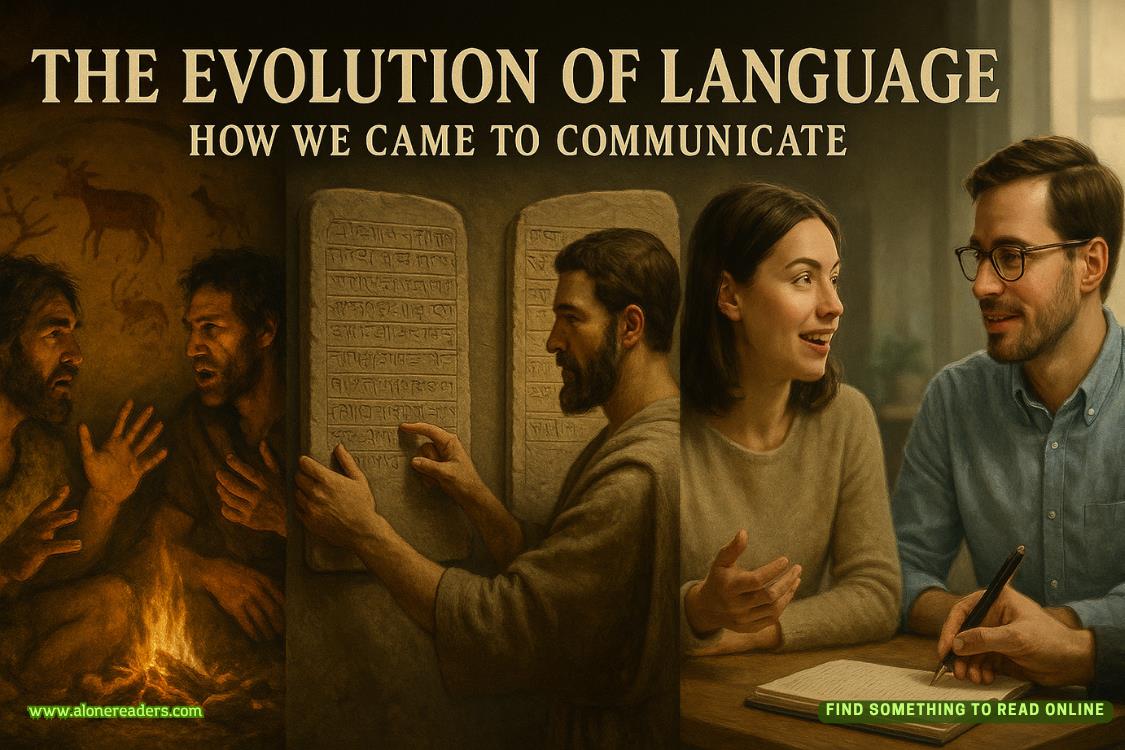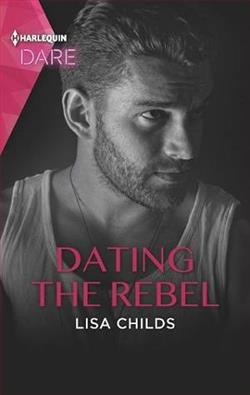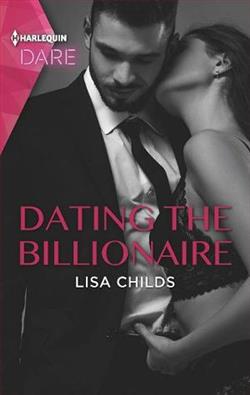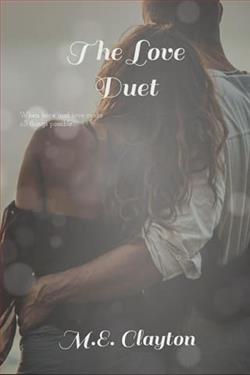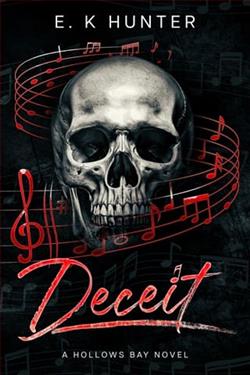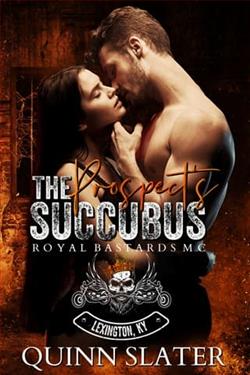Leaving Ryder to mull over all he’d overheard.
It seemed that fate, almost always his willing mistress, was once again smiling, helpfully and benevolently, on him.
Mary Cynster was searching for her gentleman hero, and he was looking for an engaging wife. He’d wanted to interact with her to see if she might suit—quite why he wasn’t sure, but she’d always caught his eye and, more telling, his awareness—but she’d summarily dismissed him, so . . .
Apparently, he, Ryder Cavanaugh, Marquess of Raventhorne, didn’t measure up to her hero standards, whatever they might be. . . .
Pushing away from the wall and stepping out from the cover of the potted palms, Ryder smiled a distinctly leonine smile and ambled back into the fray.
As anyone who knew him was well aware, he never backed away from a challenge.
Following is a chat with #1 New York Times bestselling author Stephanie Laurens
Toward the end of The Capture of the Earl of Glencrae we saw a newly engaged Angelica Cynster hand over to her cousin Henrietta the necklace The Lady, a Scottish deity, had gifted to the Cynster girls to assist them in finding their true heroes—and the necklace resurfaces in the first scene of Henrietta’s book. What role does the necklace play in Henrietta’s story?
The necklace provides the critical imperative that starts Henrietta’s story off—think of it as the spark that starts the fire. In that first scene, it’s Mary who, for her own reasons, insists that Henrietta must wear the necklace. Mary believes in the necklace, but Henrietta does not. In fact, although, like all Cynster females, Henrietta firmly believes that love is the best basis for a marriage, and the only acceptable basis for her, she nevertheless does not believe that love will come to her. Will find her. Well, you can see her point—she’s now twenty-nine, and love hasn’t found her yet. Henrietta has no faith in the necklace—which translates to no faith in love finding her—but to keep the peace with Mary, Henrietta agrees to wear the necklace that evening . . . and everything changes. In these two books, Henrietta’s, then Mary’s, we see the necklace come into its own as a real force, as a more obvious facilitator of love.
Henrietta has been nicknamed The Matchbreaker. How did that come about?
Ah—Henrietta’s nickname has come about through her chosen way to fill in her time. Her social status, the circles into which she’s been born, the connections, the ready access to the grandes dames, and indeed to all the female power brokers within the ton, combine all that with her natural tendencies to the pragmatic and practical, and from her earliest years of being out in society, she has assisted other young ladies of the haut ton—her peers—to answer the fateful questions: Does the gentleman who has or is about to offer for my hand love me? Or does he have some other reason for wishing to marry me? Henrietta knows who to ask, and how, and consistently gets the right answers. Consequently, certain disgruntled gentlemen of the ton, having failed to secure the brides they’d thought to inveigle into matrimony, have dubbed Henrietta The Matchbreaker. Where other ladies, the chaperons and the mamas, foster matches, Henrietta disrupts them—or more specifically, disrupts those not based on love.
James Glossup is a character who readers have met before. Did you always intend him to feature in his own book one day?
James Glossup previously appeared in The Perfect Lover. He was and still is Simon Cynster’s oldest and closest friend—and Simon is Henrietta’s brother, only a few years older than her. When I finished The Perfect Lover, I suspected I would have to, at some point, write James’s story, but I didn’t know at that time that it would be Henrietta his eye would light upon. And he didn’t know that, either. In many respects, this book, Henrietta and James’s story, is an outcome of the action of The Perfect Lover, in which Simon and Portia finally realized they were meant for each other. Through the subsequent events surrounding Simon’s engagement and wedding, James and Henrietta naturally spent more time together; they had met before and were aware of the other’s existence, but had not before had occasion to spend any real time in each other’s company. So the events of Simon’s engagement and wedding provide the essential groundwork that allows James to react very directly to Henrietta’s disruption of his matrimonial plans.
What is
it that makes James the perfect match for Henrietta?
This was something that came out in the telling—as I wrote the book—that these two people truly were made for each other. Henrietta—practical, pragmatic, and, courtesy of her years as The Matchbreaker, very aware of all the negative aspects of gentlemen of the ton with respect to marriage—was never going to fall for the usual alpha hero. She would instinctively distrust such a man. But although James is very definitely a “wolf of the ton,” definitely an alpha male as might be expected of Simon’s closest friend, he has a quiet side to him, a deeper side that values the same ideals that Henrietta herself most fundamentally values, and it’s that side of him that connects most strongly with her. They are not so much two sides of the same coin, but rather a male and a female who are strongly complementary—they fit together well.
The stories in your previous three books (The Cynster Sisters Trilogy) were dominated by country settings, but Henrietta’s story takes place entirely in or around London. How do you choose your settings?
I don’t define settings first, and then evolve a story to fit the setting. Rather the story, which is largely dictated by the characters, defines the setting. For instance, The Cynster Sisters Trilogy books had a lot of “out in the country” involved, including a lot of Scotland, because of who the primary motivator of all three stories was, namely the Highland Earl of Glencrae. Because he was the driving force behind the actions and London was dangerous for him, he shifted the girls out of London as fast as he could. But Henrietta’s story is about James finding his necessary bride, and quickly, so the action will clearly take place during the ton Season, which means in the ballrooms, drawing rooms, and country houses in and around London.
The villain in this tale is particularly heinous. How real was such a villain to the times?
Very real, actually. Although my villain isn’t drawn from any particular real-life incident or person, such malefactors existed then as they do now—sadly, villains of this stripe appear to be a constant in any civilized society. While the bulk of society plays by civilized rules, there are always those who believe such rules don’t apply to them. My villain in this book bears all the typical traits of a self-absorbed, power-hungry, yet charismatic character. The one aspect that distinguishes then from now is that then it was so much harder to catch and unmask such villains—they really did get away with dreadful crimes very often—because, of course, there was none of the CSI that modern crime fighting relies on to identify perpetrators. Back then, it was all a matter of careful deduction, and very often engineering a trap.
It seems that Mary, Henrietta’s sister, plays a pivotal role in her older sister’s love life—and Mary’s romance is to follow. Are these two books connected?
First, yes, Mary does indeed play a pivotal role in Henrietta’s story by insisting that Henrietta wear the necklace—and keep wearing it until she’s engaged, and can, properly and correctly, pass the necklace on to Mary, which in Mary’s eyes must happen at Henrietta’s engagement ball. Mary wants that necklace for her own reasons, but it has to come into her hands in the proper way, or it might not work as it’s supposed to. So from the very first scene in Henrietta’s book, we have Mary pushing Henrietta toward the altar—doing everything she can to get Henrietta to Henrietta’s engagement ball. And, of course, Henrietta finally gets there, and in the Epilogue we see Henrietta hand the necklace on to Mary. Essentially, the short scenes in Henrietta’s book, where she and Mary discuss Mary’s desire for the necklace and the reasons behind that and what happens in the Epilogue once Henrietta fastens the necklace around Mary’s throat, provide the back story to Mary’s romance. So yes, these two books are connected, but, as usual with my books, it’s perfectly possible to read them separately, or even in reverse order. The reader will simply have a more chronological view of events if they read them one after the other—Henrietta’s first, then Mary’s.
And read on for an excerpt from
THE PERFECT LOVER
by Stephanie Laurens
Available wherever books are sold
Late July, 1835
Near Glossup Hall, by Ashmore, Dorset
“Hell and the devil!” Simon Cynster reined in his bays, his eyes narrowing on the ridge high above Ashmore village. The village proper lay just behind him; he was headed for Glossup Hall, a mile farther along the leafy country lane.
At the rear of the village cottages, the land rose steeply; a woman was following the path winding up the berm of what Simon knew to be ancient earthworks. The views from the top reached as far as the Solent, and on clear days even to the Isle of Wight.
